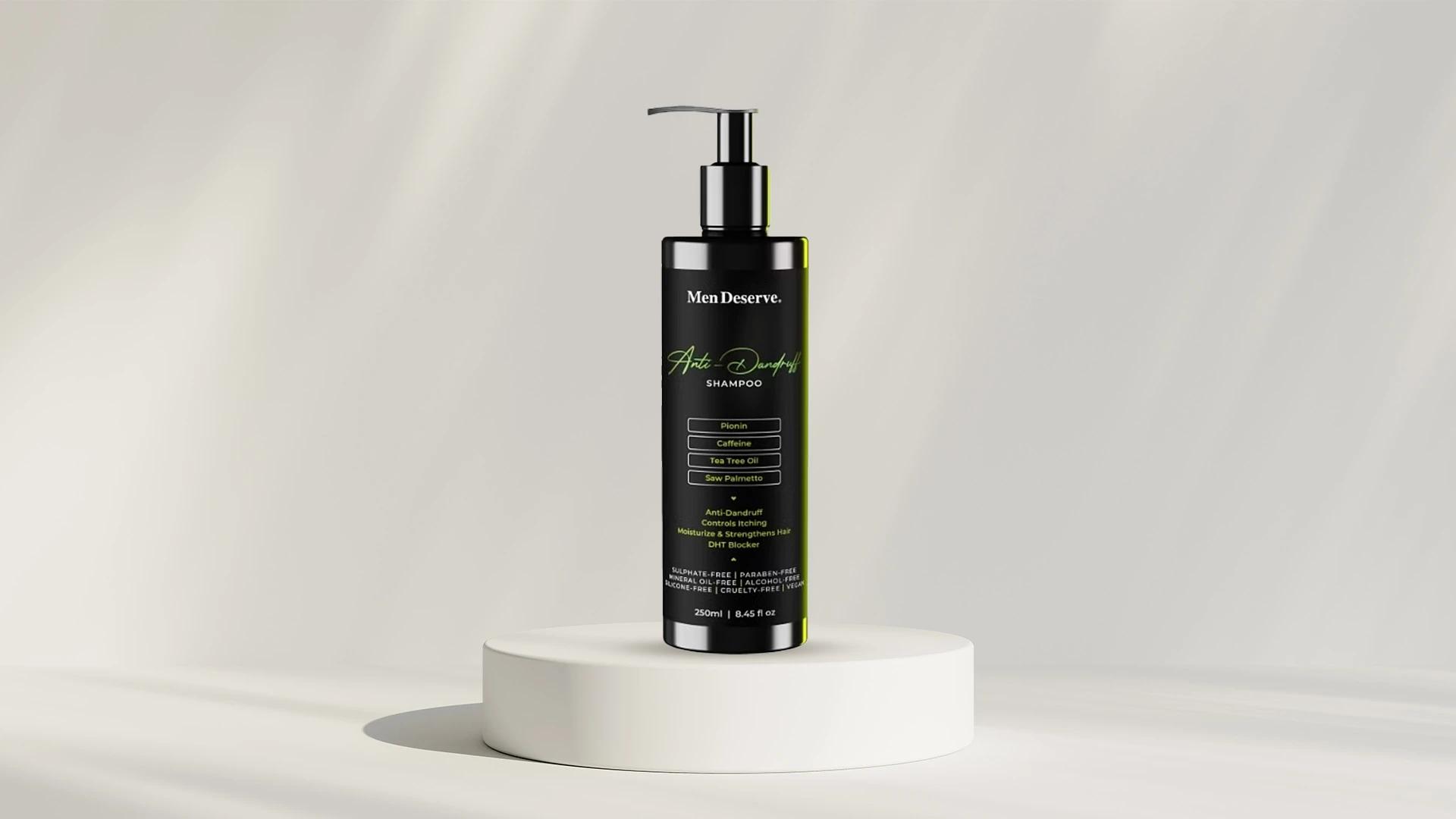The right hair styling products can make your routine more effective and your results last longer. It's about choosing formulas that work with your hair type, not against it.
Understanding Product Ingredients: What to Look For and What to Avoid
Sulfates can be harsh for dry hair but work well for oily hair. Silicones provide shine and protection but can build up over time. Parabens preserve products safely, whilst natural ingredients like aloe and glycerin add moisture.
Layering Products: The Secret to Achieving Your Desired Look
Apply products from thinnest to thickest consistency. Start with heat protectants, add styling products to damp hair, then finish with oils or serums. Less is often more—you can always add, but it's harder to remove excess.
Hair Protection Strategies: Safeguarding Your Hair in Every Season
Daily life throws challenges at your hair—sun, pollution, heat, and friction can all cause damage. Smart hair protection strategies help maintain healthy hair year-round.
UV Protection for Hair: More Than Just a Summer Concern
UV rays fade colour and weaken hair structure, not just in summer. Look for hair products with UV filters, wear hats when possible, and consider protective styles for extended sun exposure. Your hair needs sunscreen too.
Nighttime Hair Care: Protecting Your Hair While You Sleep
Satin or silk pillowcases reduce friction that causes breakage and frizz. Loose braids or silk scrunchies protect long hair whilst you sleep. A silk scarf or bonnet works brilliantly for curly hair, maintaining moisture and curl pattern.
Frequently Asked Questions
How often should I wash my hair?
It depends on your hair type and lifestyle. Oily hair might need washing every 1-2 days, normal hair every 2-3 days, and dry or curly hair every 3-4 days. If you exercise daily, you might need to rinse with water and condition without shampooing every day.
Can I use the same haircare routine for all hair types?
Definitely not. Each hair type has different needs—fine hair requires lightweight products, whilst thick hair can handle richer formulas. Curly hair needs more moisture and gentle handling, whilst straight hair might need more frequent cleansing. Your routine should match your hair's specific requirements.
How can I make my haircare routine more sustainable?
Choose concentrated formulas that last longer, look for refillable packaging, and try multi-purpose products. Use less water during washing, air dry when possible, and consider DIY treatments with kitchen ingredients like coconut oil or honey.
What's the best way to transition to a new haircare routine?
Introduce one new product at a time to see how your hair responds. Give each change at least 2-4 weeks to see results—hair takes time to adjust. Keep a hair journal to track what works and what doesn't. If something causes irritation, stop using it immediately.
Key Takeaways
Building an effective haircare routine starts with understanding your unique hair type and its specific needs. The science behind healthy hair isn't complicated—it's about pH balance, proper moisture levels, and gentle handling techniques. Your routine should include proper washing methods, appropriate conditioning, regular scalp care, and smart styling practices.
Remember, consistency beats perfection every time. Start with the basics—gentle cleansing, adequate conditioning, and heat protection—then gradually add treatments and styling products as needed. What works for your friend might not work for you, and that's completely normal. The best routine is one you'll actually stick to, using products that make your hair look and feel its best. Give new changes time to work, listen to your hair's needs, and don't be afraid to adjust your approach as your hair changes with seasons, age, or lifestyle.

 200ml
200ml Combo
Combo Combo
Combo 180 ml
180 ml